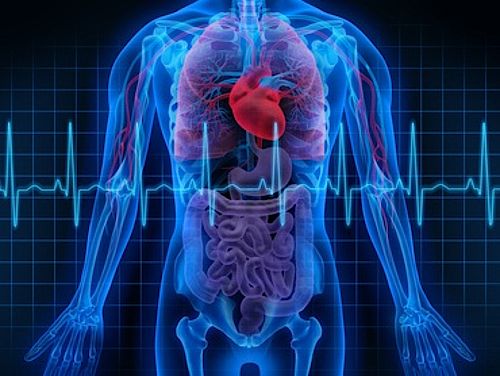The most frequent cause of out-of-hospital cardiac arrest (OHCA) is acute myocardial infarction. A minority of patients undergo successful resuscitation and are transported to the hospital. In patients with ST-segment elevation on the post-resuscitation ECG the diagnosis of myocardial infarction is straightforward and cardiac catheterization is usually performed as soon as possible after hospital admisson. However, approximately 70% of OHCA survivors of suspected cardiac origin do not show ST-segment elevation. These patients display a variety of etiologies including noncardiac causes. However, acute myocardial infarction is the most frequent OHCA trigger in this patient subset. Therefore, it seems prudent to perform catheterization possibly followed by mechanical treatment of coronary lesions in the majority of these patients. However, the optimal timing of catheterization is unclear. Options include angiography immediately in all patients after hospital admission or a more selective approach with potential catheterization later depending on the subsequent clinical course. Both approaches hold theoretical risks and benefits. The TOMAHAWK study will compare both strategies in a randomized, multicenter fashion and will thus clarify the role of either approach.


